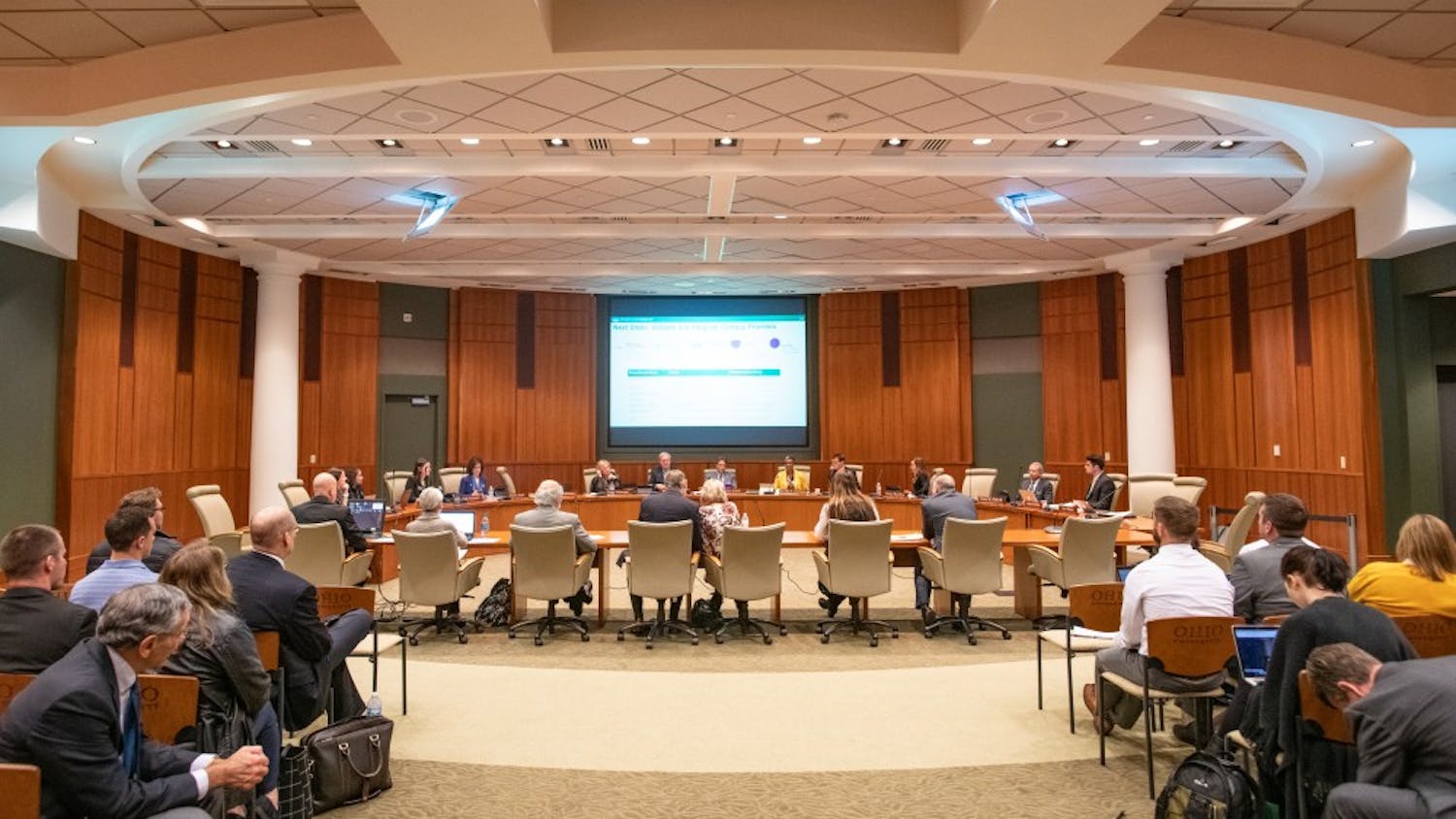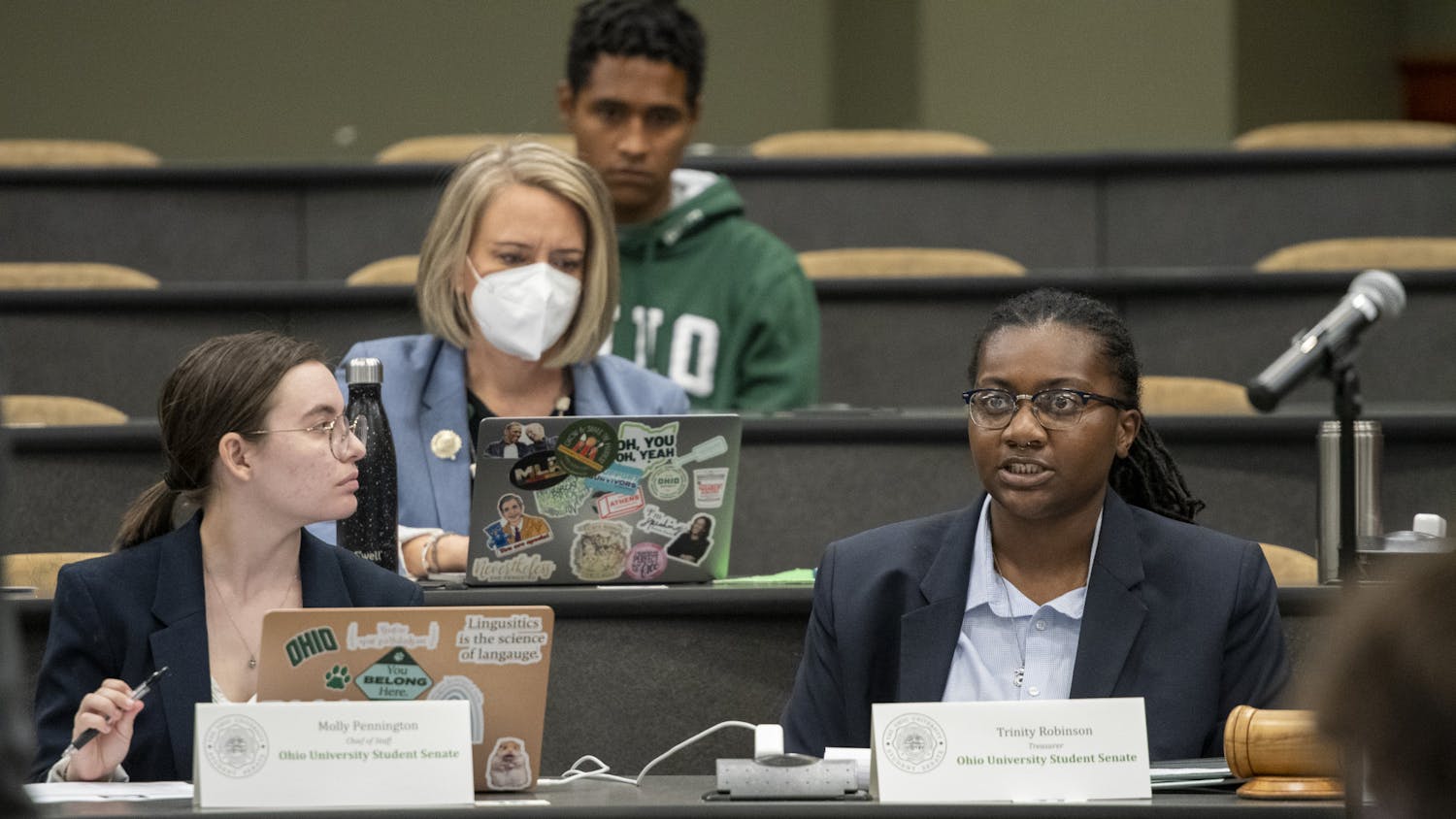Canvas was announced as Ohio University’s next learning management system, or LMS, on April 27, replacing Blackboard after more than 20 years, according to a previous Post report.
OU will start its transition from Blackboard to Canvas over the next few years, which Estzi Major-Rohrer, manager of academic technologies, said is expected to be in full use by the fall of 2026.
The need for a new LMS comes from modernizing the way students learn and is a crucial step toward teaching excellence, according to a university news release. Canvas was chosen because it has more to offer.
“It’s not going to be a huge, striking difference for students, but some of the integration of video, building some of the quizzes, the exams and the modules might appear cleaner and easier to use,” Melinda Rhodes, executive director of the center for teaching, learning and assessment, said.
Some features that Canva offers that Blackboard does not include: 24/7 support for faculty and students, the ability for instructors to create course templates, a dynamic calendar tool, user personalization, the ability to create materials for shared courses and course-level activity feed, according to a chart produced by the Office of Information Technology, or OIT.
Maintaining a high-quality student learning experience throughout the university is of primary importance to OU, Katie Hartman, vice provost for faculty development, said.
“During the evaluation process, we let faculty and students test out and play with the technology, as well as go to the public demonstrations that the vendors had,” Major-Rohrer said. “Every single activity we had that engaged students and faculty in the process came out with Canvas being the number one selection and choice.”
Canvas also allows for better integration of systems that Blackboard cannot, for example, Blue, which Hartman said is the new student-evaluation-of-teaching program.
Blue will be integrated into Canvas and will allow for anonymous student evaluations of teaching on the system, rather than messages sent to student emails, Hartman said.
“As we’ve been working on the Go Ohio app recently, which is aiming to kind of take a lot of these different digital experiences a student has, whether it’s with something like Canvas or Blackboard or with our dining services or grades and registration, and bringing it all into one place, ” Chris Ament, chief information officer, said.
Integrating other apps with Canvas can ease stress and frustration, making learning opportunities easier. Major-Rohrer said Panopto, a lecture capture app, will be integrated more heavily into Canvas.
Rhodes said she has worked with both Blackboard and Canvas and said that faculty often find it very easy to build in Canvas once they make the transition.
“If you go into a course and you find what you need, you know where to go, the due dates are clear and all of those things are in place, it just makes your experience easier,” Rhodes said.
“You’re not having to think about things that are not particular to the course, the discipline, the content or your learning activity so we’re really working towards that.”
Major-Rohrer said they are beginning the planning process and technology start-ups this summer and, this upcoming fall, the first cohorts will go in and start developing.
However, the Spring of 2024 is when students will start seeing project classes and experimenting with the new LMS.
“We have a couple of years to get on board with Canvas,” Major-Rohrer said. “The idea right now is that we’ll have the first courses, probably volunteer faculty, using Canvas by Spring of 2024.”
OU has until 2026 to fully implement the system so it’ll take between 18 months and two years to experiment, Major-Rohrer said.






